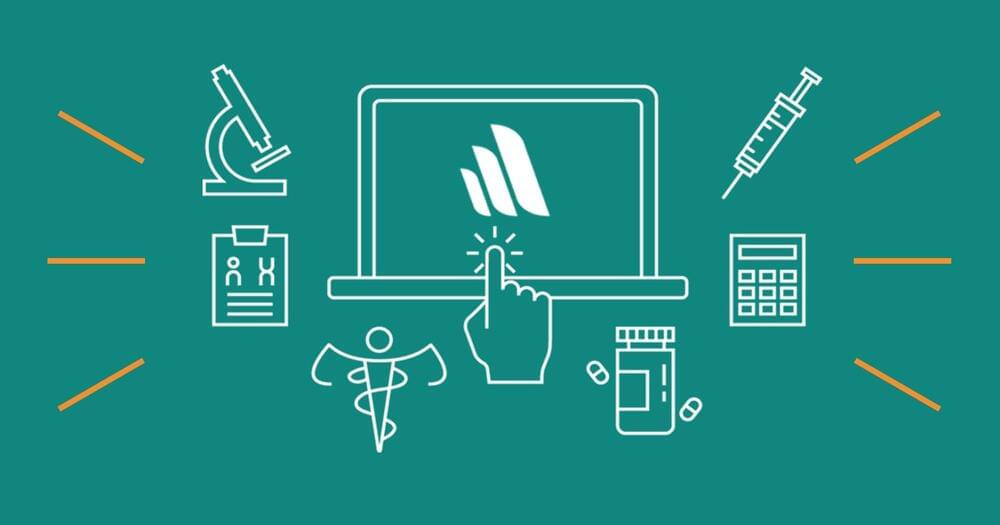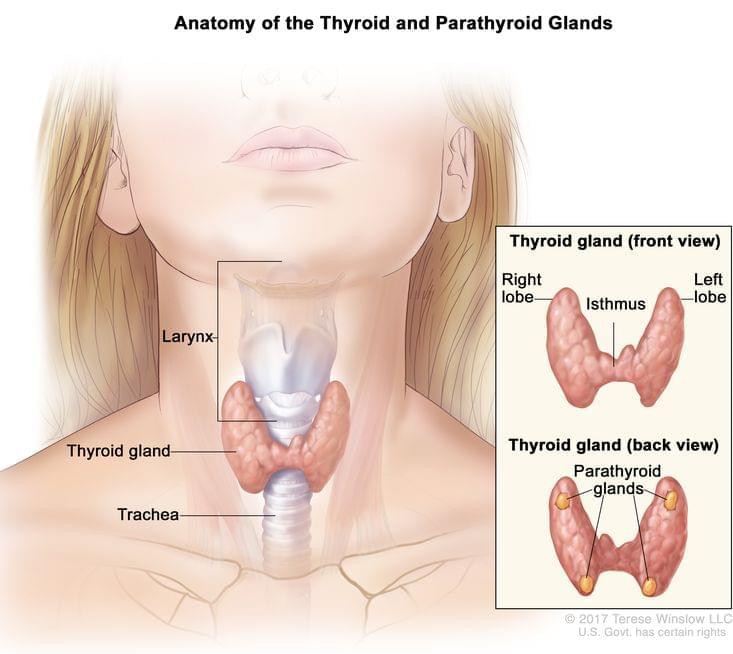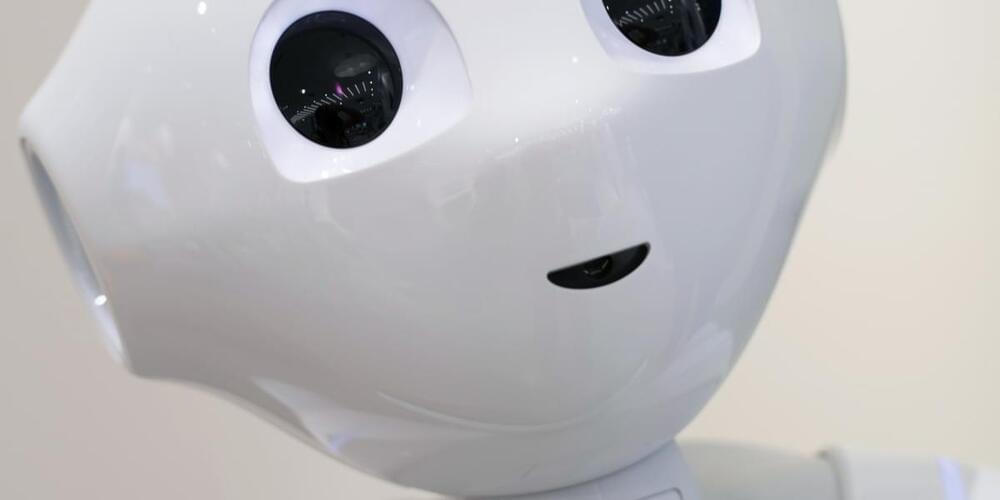Germany-based aviation company H2FLY has successfully completed the world’s first piloted flight of an electric aircraft powered by liquid hydrogen.
The flight lays the foundation for long-range, emissions-free flight with liquid hydrogen.
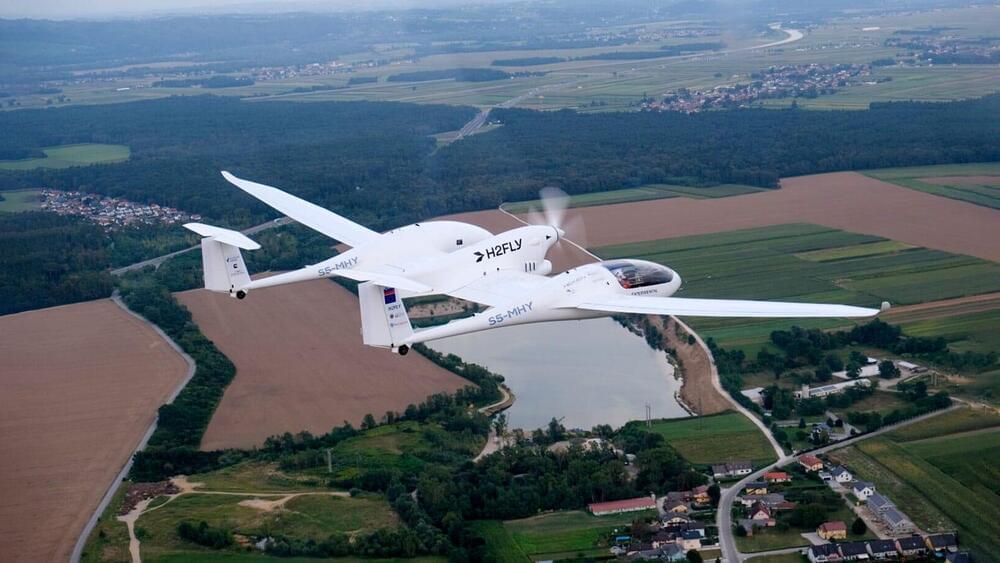

Operating from Noida’s Sector 6, a cyber fraud ring exploited leaked American social security numbers from the dark web. The group, adept at mimicking American accents, targeted lakhs of US citizens with calls mimicking US Social Security Administration personnel. While many resisted, a significant number fell victim. Following a tip-off, police raided the premises, arresting 84 and revealing a vast cyber con operation. Masterminds Harshit Kumar and Yogesh Pandit remained at large, having duped over 600 people out of 4 lakh contacted. The call center employees, aware of the fraud, were enticed by high incentives, amassing daily revenues of Rs 40 lakh.
#noida #callcentre #scam #callerscam #scammer #callcenter #callcentertraining #noidakhabar #news #englishnews #delhi #delhi.
For daily news & updates and exclusive stories, follow the Times of India.
Facebook:
https://www.facebook.com/TimesofIndia.
Instagram:
https://www.instagram.com/timesofindia/
Download the app: http://toi.in/3SLUCa80
Follow TOI+ for well-researched and in-depth news and analysis.
Facebook:

While text-based AI models have been found coordinating amongst themselves and developing a language of their own, communication between image-based models remained an unexplored territory, until now. A group of researchers set out to find how well Google Deepmind’s Flamingo and OpenAI’s Dall-E understand each other — their synergy is impressive.
Despite the closeness of the image captioning and text-to-image generation tasks, they are often studied in isolation from each other, i.e the information exchange between these models remains a question someone never looked for an answer to. Researchers from LMU Munich, Siemens AG, and the University of Oxford wrote a paper titled, ‘Do Flamingo and DALL-E Understand Each Other?‘investigating the communication between image captioning and text-to-image models.
The team proposes a reconstruction task where Flamingo generates a description for a given image and DALL-E uses this description as input to synthesise a new image. They argue that these models understand each other if the generated image is similar to the given image. Specifically, they studied the relationship between the quality of the image reconstruction and that of the text generation. As a result, they found that a better caption is the one that leads to better visuals and vice-versa.
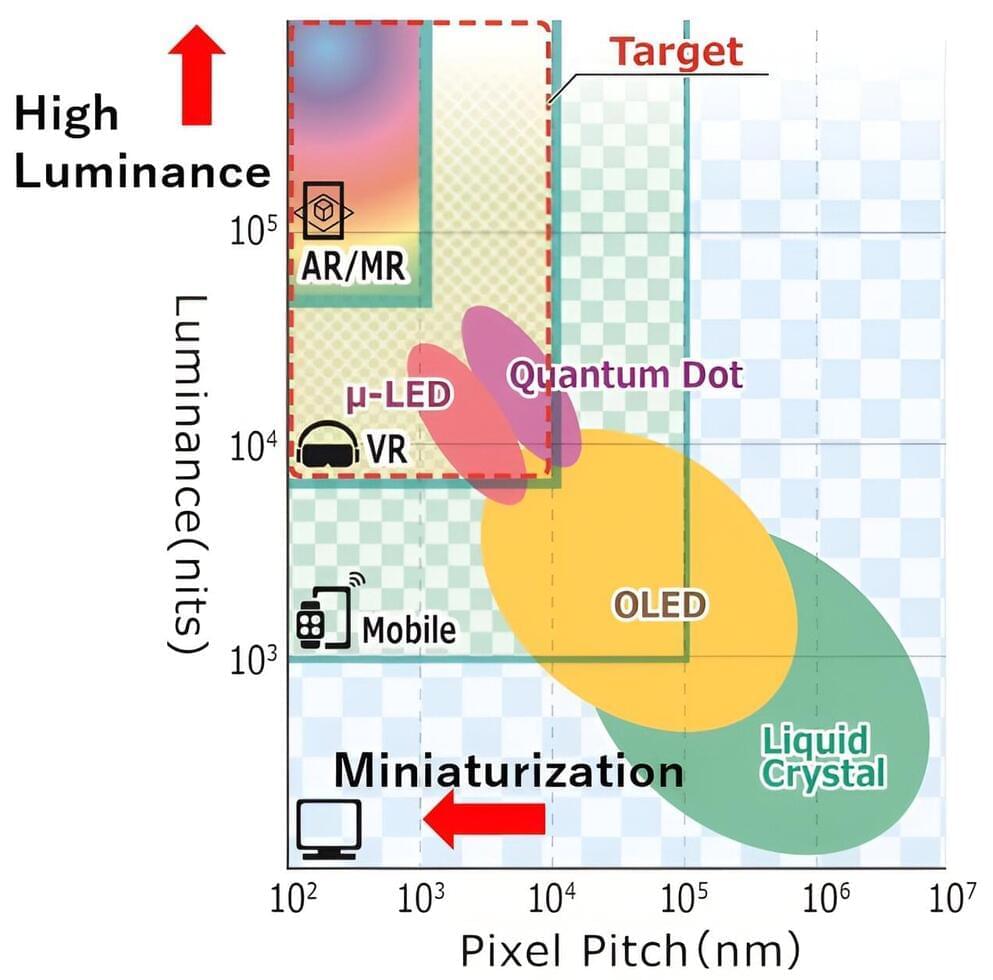
From pterodactyls flying overhead in a game to virtually applying cosmetics prior to making a purchase, augmented reality and other immersive technologies are transforming how we play, observe, and learn. Cheap and ultra-small light-emitting diodes (LEDs) that enable full-color imaging at high resolution would help immersive displays reach their full potential, but are not currently available.
Now, in a study recently published in Applied Physics Express, a team led by researchers at Meijo University and King Abdullah University of Science and Technology (KAUST) has successfully developed such LEDs. The simplicity of their fabrication, via presently available manufacturing methods, means they could be readily incorporated into modern metaverse applications.
Why is the development of improved LEDs necessary for immersive reality? The realism of augmented and virtual reality depends in part on resolution, detail, and color breadth. For example, all colors must be evident and distinguishable from one another. Gallium indium nitride semiconductors are versatile materials for LEDs that meet all of these requirements.

